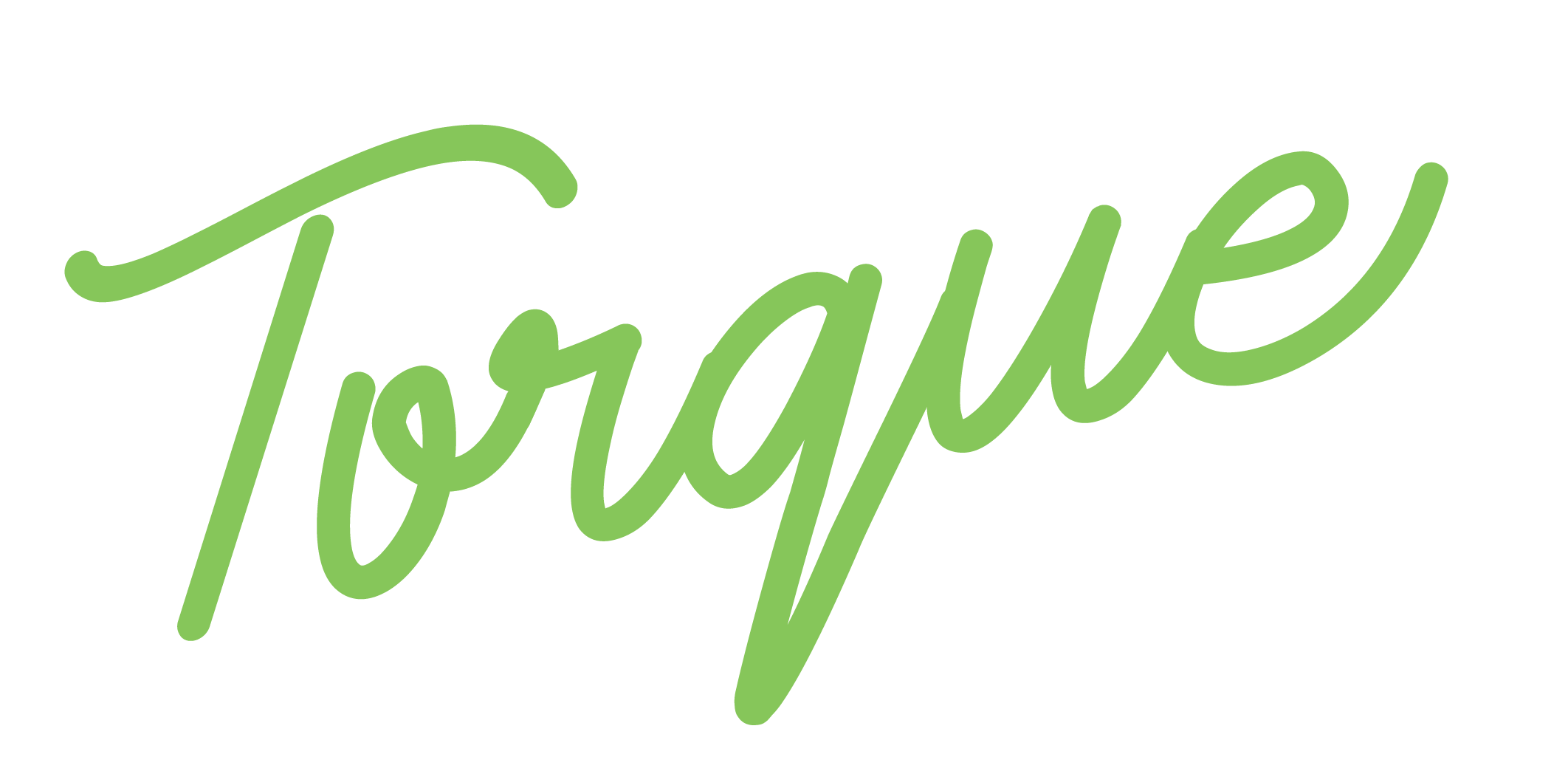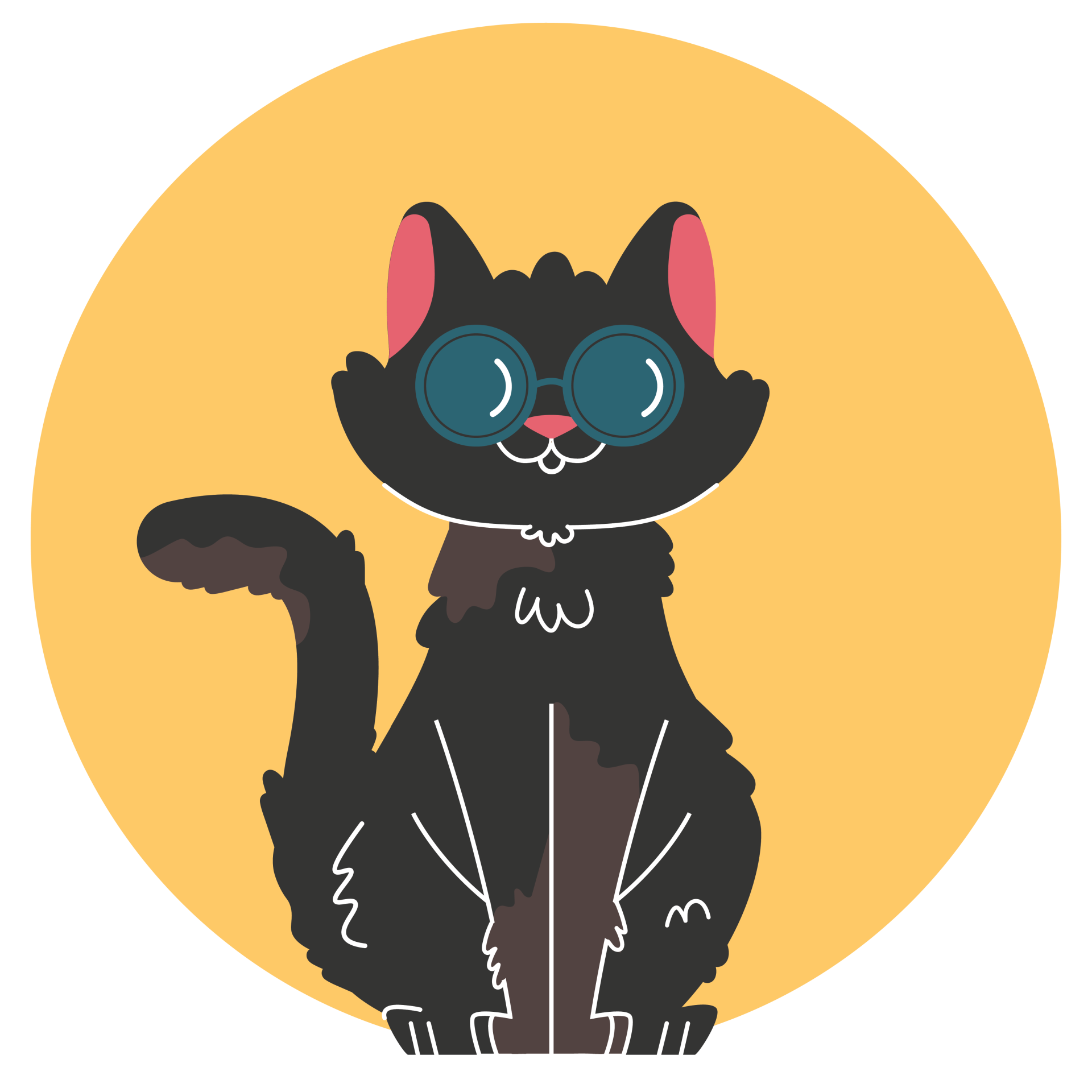
Loyalty Programmes: The Good, The Bad and The Ugly! Part 1: The Good News
Nov 12
/
Sally Acton

We know the buzz about brand loyalty, loyalty programmes and loyal customers. Having some form of loyalty is now seen as a necessity in the marketplace – the ticket to sustainable business in a tough economy. But loyalty is not just about having a loyalty programme, it’s about inspiring loyalty in your customers.
What Drives Customer Loyalty?
The good news is that emotion remains a primary element in the buying decision. Joe Consumer makes an emotional choice first, and then looks at quality and price. And we know that Customer Experience (CX) and, to a lesser extent, User Experience (UX) in the online space, are the differentiators now – because experience has an emotional impact.
When the power of emotion is used well, brands are able to overcome massive hurdles in society. Look at Apple. It’s so strongly aspirational that it certainly does not need a loyalty programme. But Microsoft does.
Or consider Coke: you wouldn’t be surprised to see a Coke & Salad offer, when in reality this is a huge oxymoron – but because of the positive brand association, it works. In a declining market, Coke is expecting to double market share by cleverly moving from an aspirational to an inspirational brand with stories that make consumers experience positive affirmation – they FEEL great about themselves.
The impact of emotion on consumer behaviour relates to three strong trends in what drives brand loyalty:
Watch the following two clips to see how Coke does it (get tissues for the 2nd one):
The impact of emotion on consumer behaviour relates to three strong trends in what drives brand loyalty:
1.We are catering to the ‘me’ generation of consumers who want to feel valued as individuals. People are no longer interested in the brand itself, but rather in how it reflects their own views and desires. So what works for them is personal engagement that … yep, makes them feel great about themselves. Like Coke’s tagline for its Hug Me campaign, “Open happiness”.
2. Consumers are increasingly attracted to brands that commit to a higher purpose which affects the entire ecosystem – social, political, environmental, etc. Like the Coke story about breaking through the divide between India and Pakistan, it means telling new and amazing stories around the brand that are relevant in the wider context.
3. As part of the growth in social consciousness, younger consumers are embracing the importance of supporting local economies and are trending towards buying local. So successful brands need to feel local, even if they aren’t. Again, did you notice the localised feel of the Coke campaigns?
So how does your brand measure up on emotional appeal? Does your brand strategy include creating emotional customer relationships through positive brand experiences and heart-winning stories? Loyalty programmes can achieve these objectives, but so can innovative communication campaigns which may be more accessible for smaller businesses.
Engage with your customers on an emotional level and brand recognition and loyalty will follow. Torque Communications thanks the speakers and hosts at Marketing Mix Conferences for sharing their insights and learnings on Loyalty Programmes.
Engage with your customers on an emotional level and brand recognition and loyalty will follow. Torque Communications thanks the speakers and hosts at Marketing Mix Conferences for sharing their insights and learnings on Loyalty Programmes.
Click here for guidance on making your customers more loyal


